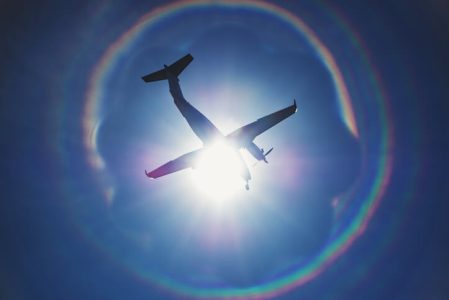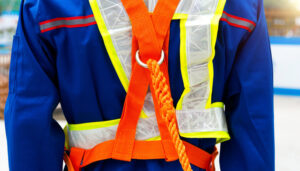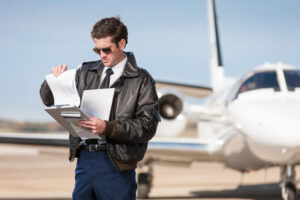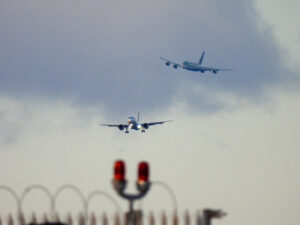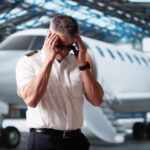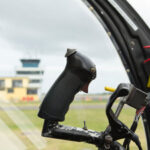UV rays affect your health and can harm your FAA First Class Medical
In all my years as an airline pilot, I never gave ultraviolet (UV) radiation a second thought. As a pilot, I would sit up front and soak up the sun’s rays like a snake sunning himself on a rock in the desert, dumb and happy until my thyroid cancer diagnosis. Then, suddenly, my FAA First Class Medical was a distant memory, and I found myself in the fight of my career to get it back.
I didn’t realize that thyroid cancer was a “thing” for professional pilots. I started putting two and two together when 2 of my airline pilot friends and a flight attendant were also diagnosed at the same time. It turns out that UV radiation is most definitely a danger to those of us who make our living at 35,000 feet. One hour at 30,000 feet is the equivalent of 20 minutes in a tanning bed.
I would never set foot in a tanning salon, and I warn everyone I know about the dangers of tanning. Yet I was, spending 20 minutes poisoning myself for every hour I flew without even knowing it. Now I’m learning that radiation is even stronger when flying over thick clouds and snow because of reflected radiation. If only I had known all of this at the start of my career.
Not only are pilots at increased risk for thyroid cancer, but we are also at an increased risk of melanoma and skin cancer because of the elevated exposure. We face twice the risk of skin cancer compared to the general population. For every additional 3000 feet above sea level, there is a 15% increase in the intensity of UV radiation.
So, what can we do? Slathering on sunscreen before every flight sounds like a good idea for starters. Then, even though it’s a pain, it should be reapplied every few hours, just like when you were a kid at the beach.
Wearing a good pair of sunglasses to protect your eyes from UV light and glare is essential, but you already know that. Speaking of shades, how about investing in some protective sunshades? There is a company called Jet Shades that offers award-winning ultraviolet protection for pilots AND passengers and is worth looking into. The shades block 99.9% of harmful UV rays, are FAA approved, and remove easily for night operations.
Maybe the most important thing you can do to combat UV radiation is to schedule regular screenings with your doctor. The knowledge of radiation dangers to pilots is relatively new, and some of us have been flying for a very long time. Once you lose your FAA First Class Medical, it’s no fun trying to get it back, so we should do everything we can to protect ourselves from the sun every time we fly.
RELATED CTS TRAINING

